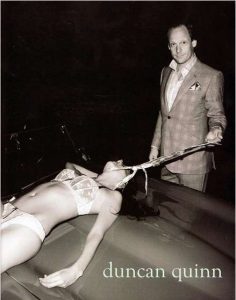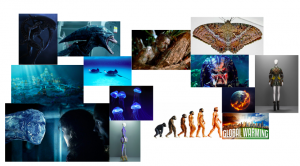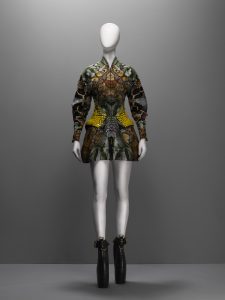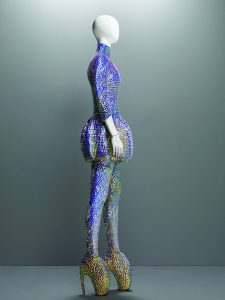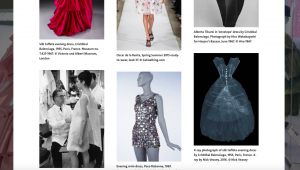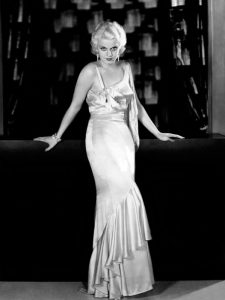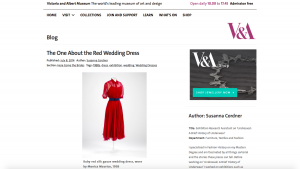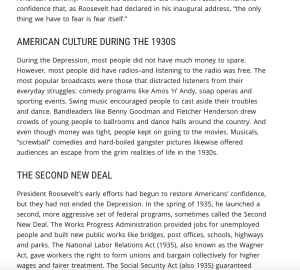In the research and communication skills module I found that the subjects we covered has really helped me to understand more of how to research properly when researching for inspiration ,for my future projects. I really enjoyed each lecture and then doing each task to put the lecture in to practise.
The subjects that where covered in the RCS I felt helped me understand why it’s important to reference the influences in your work. The first 2 lectures were on online resources and academic integrity. The lectures focused on Harvard referencing and the topic of plagiarism. We were shown step by step of how to reference books, newspapers and websites, I found this most helpful as it’s not something that I’ve been shown before, when it’s really important to do this in your work. When I went to do both tasks, I found that I really enjoyed visiting the library; I was able to become familiar with how to use it to help me when researching. I struggled with writing the essays as I normally do but as we were giving plenty of time to complete them I could do them bit-by-bit.
Tasks 5/6 looked at looking at how other artists have used, books, other designers, collections, movies and nature to influence their collections, I chose to look at alexander McQueen’s Plato’s Atlantis, I found this task really interesting, to pull apart how a high fashion designer was influenced. I created a mood board of 10 different things that he was inspired by when creating the collection. I found this helped me to look at different sources for inspiration when looking at my projects.
In task 7/8 we were given the choice of two texts in two different books, I chose ‘taste, Fashion and he French Fashion Magazine’ by Sanda miller. The chapter discusses the ways in which the authors used the magazines as a platform in order to make fashion as a whole equal to the other arts. They also discussed the ways in which people critique differently due to our own tastes. I found this task the hardest as I found it really hard to understand the text, once I eventually picked apart each page I was able to gain a brief understanding in order to write about it.
Task 9/10 was on the ethics around adverts, this is a topic I really enjoy looking at, as it’s a big problem within the industry and something I’ve written about before. In the lecture, we discussed and debated the issues this topic brings, I liked how everyone was able to discuss this together, I found this helped me to write about different points when it came to analysing the image we had to choose.
When it came to the task we had the choice of 2 controversial adverts one by American apparel and the other by Duncan Quinn both are adverts for male or female clothing, both brands using alarming images in order to sell their products. I chose Duncan Quinn’s advert for men’s suits, this particular advert I found extremely alarming especially in todays society. As discussed in the lecture the advert gave off many negative messages to its audience, such as women should be subservient for men. I found this topic most interesting, as everyone was able to discuss the different problems around the ethics in the fashion industry.
Overall, over really enjoyed these lectures and what I’ve learnt from them, I feel I will take the things I’ve learnt in this module for future reference.

